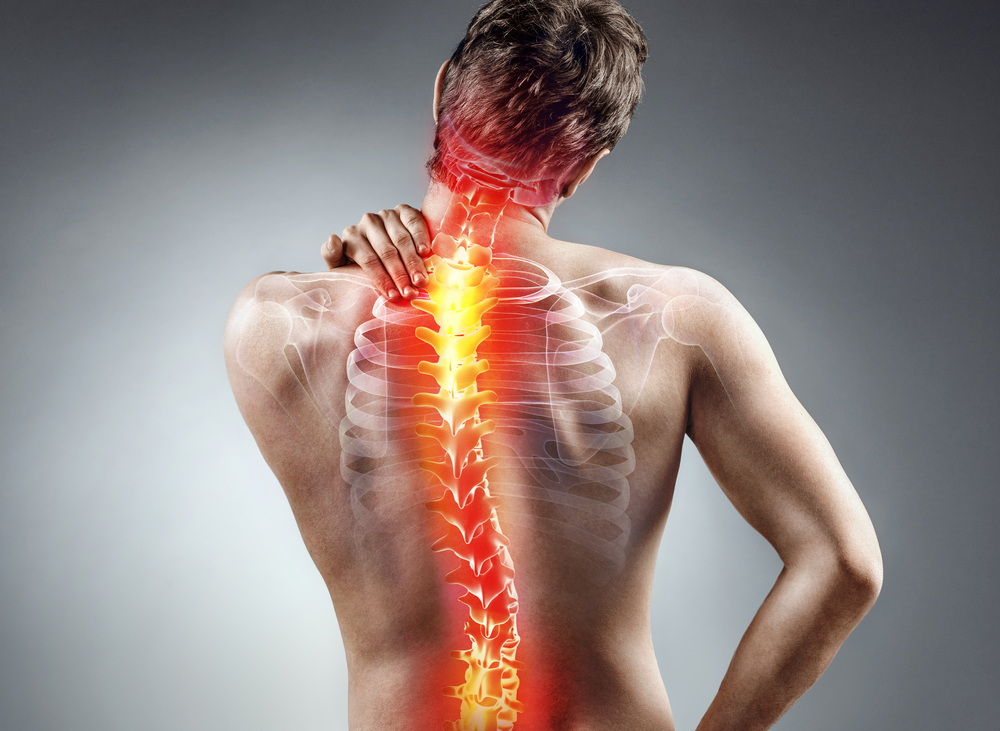
04 Jan Dealing with Scoliosis as an Adult
Scoliosis is a condition that can develop either in adolescence or adulthood. It is also something that can begin at an early age but not cause any problems until much later in life. In either case, dealing with scoliosis as an adult often includes managing chronic back pain.
Lone Star Pain Medicine helps scoliosis patients manage back pain through a variety of treatments that include facet joint injections, caudal steroid injections, and medial branch blocks. As you read the remainder of this post to learn more about adult scoliosis, consider a visit to our Weatherford, TX clinic.
The Basics of Scoliosis
Scoliosis is essentially an abnormal curvature of the spine. Under normal conditions, the spine curves vertically – or front to back if you will. A scoliosis patient develops a lateral curvature. The spine curves from one side to the other in addition to its normal vertical curvature.
A mild case would present with a curvature as little as 10 degrees. More severe cases could present curvatures upwards of 90 or 100 degrees. The greater the curvature, the more likely a patient will experience chronic pain.
The good news is that most scoliosis patients do not experience debilitating complications. A typical case is mild enough to require no ongoing treatment. But in those cases where curvature is significant enough to cause chronic pain, medical intervention is often necessary.
Adult Scoliosis
What we call ‘adult scoliosis’ can vary by cause. In many cases, a person diagnosed with adult scoliosis actually had the condition as a child. It is just that the curvature was so minor it was never noticed before. It’s not until the patient becomes an adult that the curvature becomes a problem.
Scoliosis that does not occur until adulthood, which is to say curvature that doesn’t begin until the spine has completed its growth, is known as adult idiopathic scoliosis. The most common cause of this type of scoliosis is degenerative bone disease. In other words, the bones wear out and degenerate over time.
Adult scoliosis can exist without presenting any symptoms. Unfortunately, many patients do experience back pain as a result. The back pain can be directly related to arthritis in degenerating bones. It can also be the result of muscular weakness and tissue degeneration.
Treatment to Manage Pain
Equally unfortunate for adults suffering from scoliosis is that treatment is about managing pain more than anything else. There isn’t much that can be done to fix the actual curvature. The curvature may even get worse as a patient gets older, especially if the primary cause is degenerative bone disease.
Managing scoliosis pain can be tricky, but it is certainly not impossible. The key is finding a treatment that works consistently so as to ensure that the patient enjoys a good quality of life. Note that there is no single treatment that works for every single patient. Patients must work with their doctors to figure out the best avenue of treatment for them.
Here at Lone Star, we offer a variety of treatment options for the simple fact that we hate to see people having to take prescription pain medications for the rest of their lives. There are definitely other options worth considering. We are more than happy to discuss those options with our patients, in hopes of finding the best way to manage their chronic pain.
As an adult scoliosis patient, you may have chronic back pain from which you want nothing more than relief. We are here to help. Visit with one of our pain specialists and let’s see if we can help improve your quality of life.


No Comments